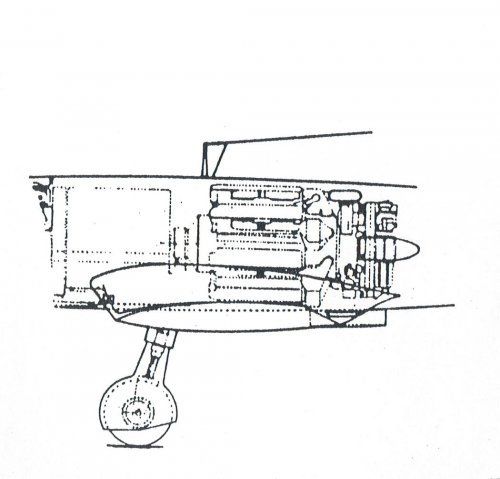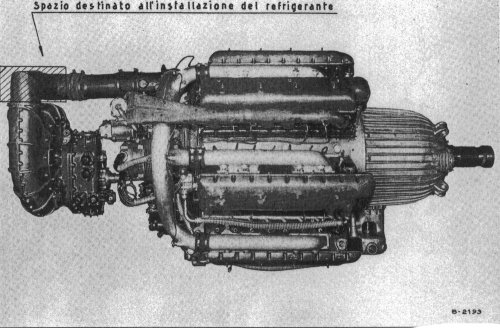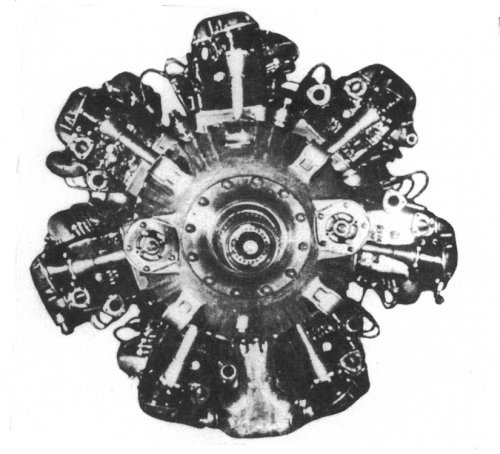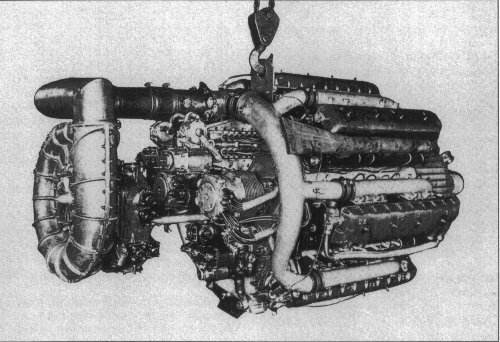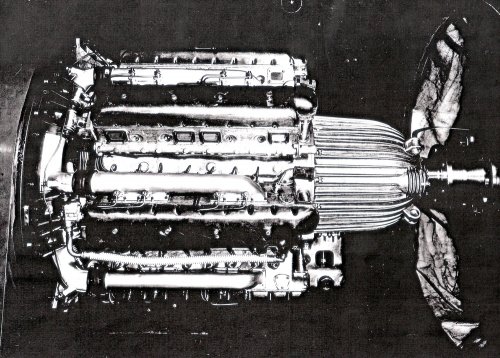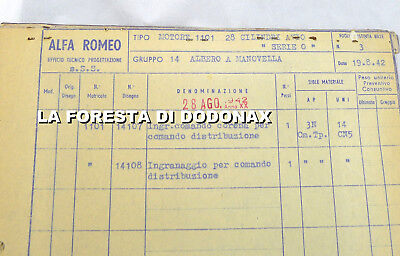Let me bring an old topics, with new information.
The basic 1101 had a total cylinder volume of 50,000 cubic centimeters. One hundred pre-prototypes, prototypes and pre-production items were built by Alfa. A turbocompound version, slightly enlarged (60,000 cc), was planned and projected at a 2,700 HP rating. A 42-cylinder version was designed, too, probably with 7 6-cylinder banks. I owe this information to Fabio Morlacchi, greatest prewar-Alfa historian (his is the definitive 3-volume tract on the Alfa 6Cs...), who is completing the first complete book covering Alfa Romeo avio engines. I met him at lunch last Friday and he told me that the book will sport a lot of photos of 1101, and a drawing, found in a private archive, of the front and side sections of a reduced dimension version of the engine (a preliminary version for study, or a smaller version intended for production ?). The Fabio's book will be a must-have, take it for assured...

